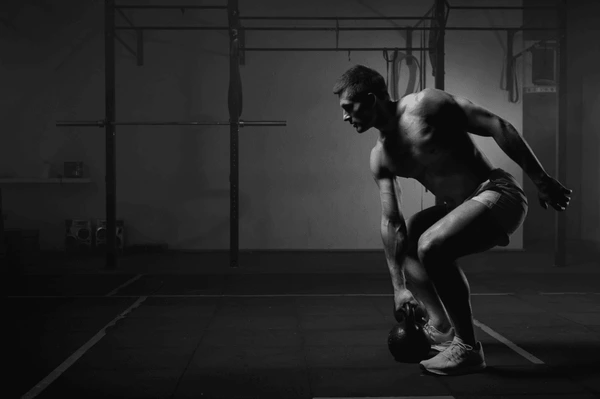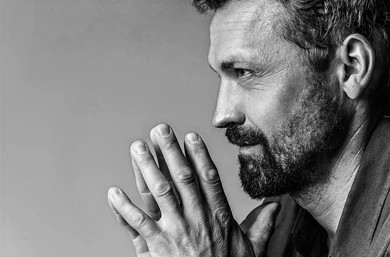When people start their fitness journey, the first thing they do is sign up for a gym membership. They assume the more they work out, the faster they’ll lose fat. It feels logical, sweat more, burn more. But here’s the truth that shocks most people: the gym contributes to only about 20% of your fat loss. The other 80% comes from what you eat, how you sleep, and the lifestyle choices you make every single day.
Let’s break down why.
1. Calories In vs. Calories Out — The Real Fat Loss Equation
Your body stores fat when you consume more calories than it burns. The opposite is also true: you lose fat when you burn more than you eat. Exercise does burn calories, but not as much as you think.
For example, running on a treadmill for 30 minutes burns around 300–400 calories, depending on your intensity. But a single burger or sugary drink can easily replace that in minutes. So, if you rely only on gym workouts to create a calorie deficit, you’ll constantly be chasing numbers that are hard to keep up with.
That’s why nutrition is said to account for roughly 80% of fat loss results, while exercise, including gym workouts, contributes only 20%.
2. Your Diet Controls Hormones That Control Fat
It’s not just about calories. What you eat directly affects your hormones, especially insulin, cortisol, and leptin, which control how your body stores and burns fat.
Eating too many refined carbs and sugars spikes your insulin levels, signaling your body to store fat. On the other hand, eating more protein, fiber, and healthy fats keeps your insulin balanced and helps your body use fat for energy.
No matter how much you lift, if your diet keeps your insulin high, your body will hold on to fat. In short: you can’t out-train a bad diet.
3. Exercise Burns Fewer Calories Than You Think
It’s easy to overestimate how much you burn at the gym. Studies show that most people think they burn two to three times more calories than they actually do.
A one-hour weightlifting session might burn 200–300 calories. A spin class? Maybe 400–500. Meanwhile, eating a few slices of pizza can easily cancel all that out. That’s why focusing only on gym workouts often leads to frustration — you’re burning less than you imagine, and eating more than you realize.
The takeaway: exercise supports fat loss, but your daily habits and eating patterns are what make it stick.
4. Your Non-Exercise Activity Matters More
There’s something called NEAT (Non-Exercise Activity Thermogenesis) the energy you burn through daily activities like walking, standing, cleaning, or even fidgeting.
For most people, NEAT accounts for up to 15–30% of daily energy expenditure, while gym workouts may only account for 5–10%. This means that walking more, standing instead of sitting, and staying generally active throughout the day can have a bigger impact on fat loss than your one-hour gym session.
If you’re active all day and watch your food intake, you’ll lose fat faster than someone who goes to the gym but sits the rest of the day.
5. Sleep and Stress Are the Hidden Factors
You can eat clean and go to the gym religiously, but if you’re not sleeping well or you’re constantly stressed, fat loss will stall.
Lack of sleep increases cortisol, a hormone that triggers fat storage (especially around your belly). Stress does the same thing, it keeps your body in “survival mode,” holding on to fat instead of burning it.
In other words, recovery, rest, and mental peace are not optional. They’re essential parts of the fat loss equation.
6. Consistency Beats Intensity
A common mistake is thinking that only intense workouts matter. But sustainable fat loss comes from small, consistent habits over time. Walking daily, eating in moderation, staying hydrated, and getting good sleep do more for your body than three hours of extreme gym workouts once a week.
The gym is a tool, not the whole toolbox. If your diet and lifestyle are out of order, even the best gym routine won’t make up for it.
7. Why the 80/20 Rule Works
Researchers and trainers often refer to the “80/20 rule” of fat loss:
-
80% comes from nutrition and daily habits.
-
20% comes from exercise and structured workouts.
That doesn’t mean you should skip the gym. It means you should see it for what it is a support system for your bigger goal. The gym strengthens your muscles, improves metabolism, boosts mood, and shapes your body. But the food you eat determines whether those muscles are visible or hidden under layers of fat.
8. What You Should Focus On Instead
If your goal is to lose fat effectively, shift your focus to these:
-
Eat more protein: It preserves muscle and keeps you full.
-
Cut refined sugar and junk food: They spike insulin and store fat.
-
Stay active daily: Walk, stretch, move more outside the gym.
-
Sleep 7–8 hours: Your body repairs and burns fat while resting.
-
Manage stress: Meditation, journaling, or quiet time help regulate hormones.
Then, use the gym for what it’s best at building strength, endurance, and discipline.






Comments (0)
No comments yet. Be the first to share your thoughts!